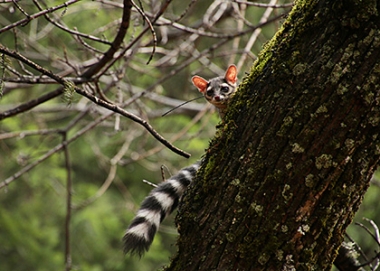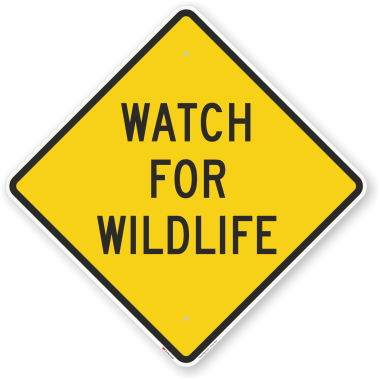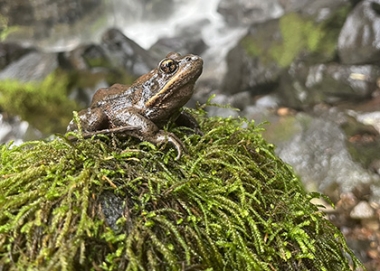
Roadkills of Oregon
The purpose of this project is to help us understand the impacts roads have on Oregon's wildlife, and to identify roadkill hot spots and vulnerabilities among different wildlife species. This information can help make roadways safer and reduce wildlife-vehicle collisions.
Roadways and vehicular traffic are a significant cause of injury and mortality to Oregon's wildlife. Wildlife species need to move across the landscape to access resources, including food, water, and shelter. Roadways crisscross and fragment wildlife habitat, making it more difficult for wildlife to safely move.
Almost all wildlife species in the state face some level of risk from roadways, and many thousands of animals – including mammals, birds, reptiles, amphibians, and insects – are killed each year by vehicles on Oregon's roads. You can help by documenting any roadkills you see using ODFW's Roadkills of Oregon iNaturalist project.
If you are new to iNaturalist, you may want to visit our guide for a similar, ongoing project. You'll find step-by-step instructions on how to get started using the app.
What species are we looking for?
We're interested in roadkill observations for any species of wildlife along any of Oregon's many roads. You may be able to record observations while walking, biking, or driving through your neighborhood or city, along your commute, or while traveling throughout Oregon. The more roadkill observations that are recorded in different areas of the state, the better we'll be able to understand where and when roadkills are more likely to occur. This can help inform actions to reduce wildlife mortality on roadways.
It's helpful to include additional comments with your roadkill observations. In particular, the sex of the individual specimen (male, female, or unknown) and information on life stage (adult, juvenile, or unknown) may be valuable.
Be safe when on the road. Please take precautions when documenting observations.
Explore Related Articles
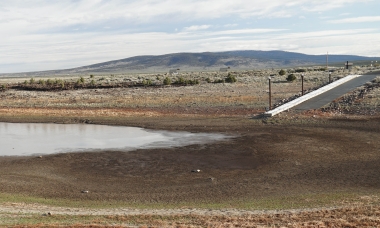
As much of Oregon continues to experience years of on-going drought, hunters, anglers and wildlife viewers can expect the continued...
Late summer and early fall is wildfire season in Oregon and access to the placed you like to hunt, fish or...
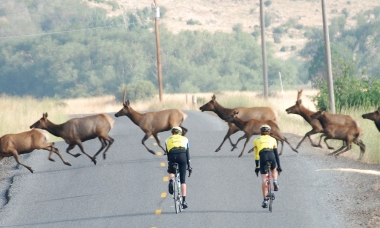
In late September, deer and elk begin their annual migration to wintering grounds, and often have to cross roads and...

